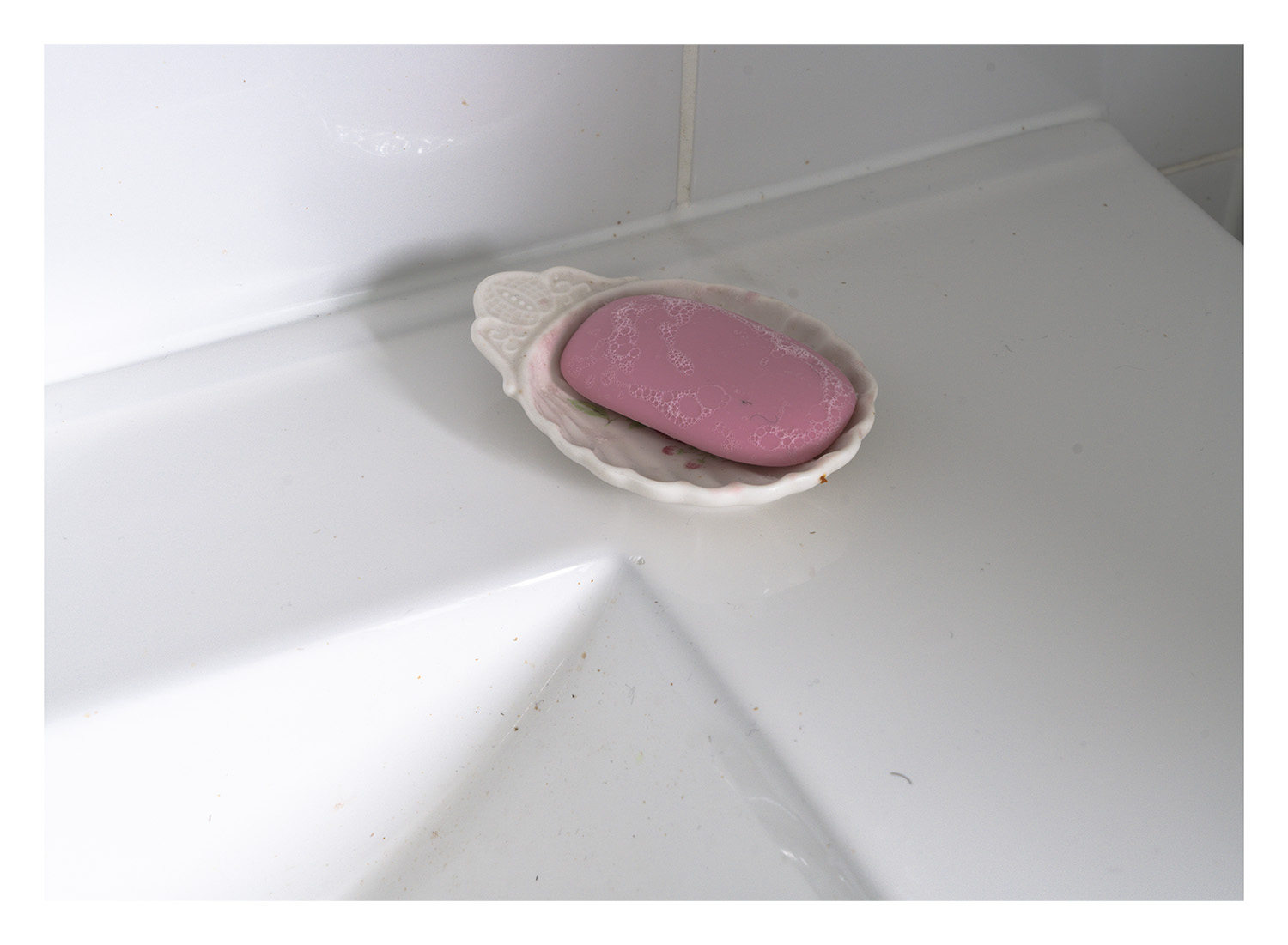Maurice Lye - featured portfolio
Upkeep
Maurice Lye
Featured Portfolio
Interview by Peter Black for PhotoForum, March 2019
Welcome to PhotoForum’s featured portfolio series where we showcase substantial work by selected photographers accompanied by a commentary or interview by a specially chosen writer.
For our first series we asked Christchurch photographer Maurice Lye to put together a portfolio of his luminous interiors of homes and motels, which he’s titled Upkeep.
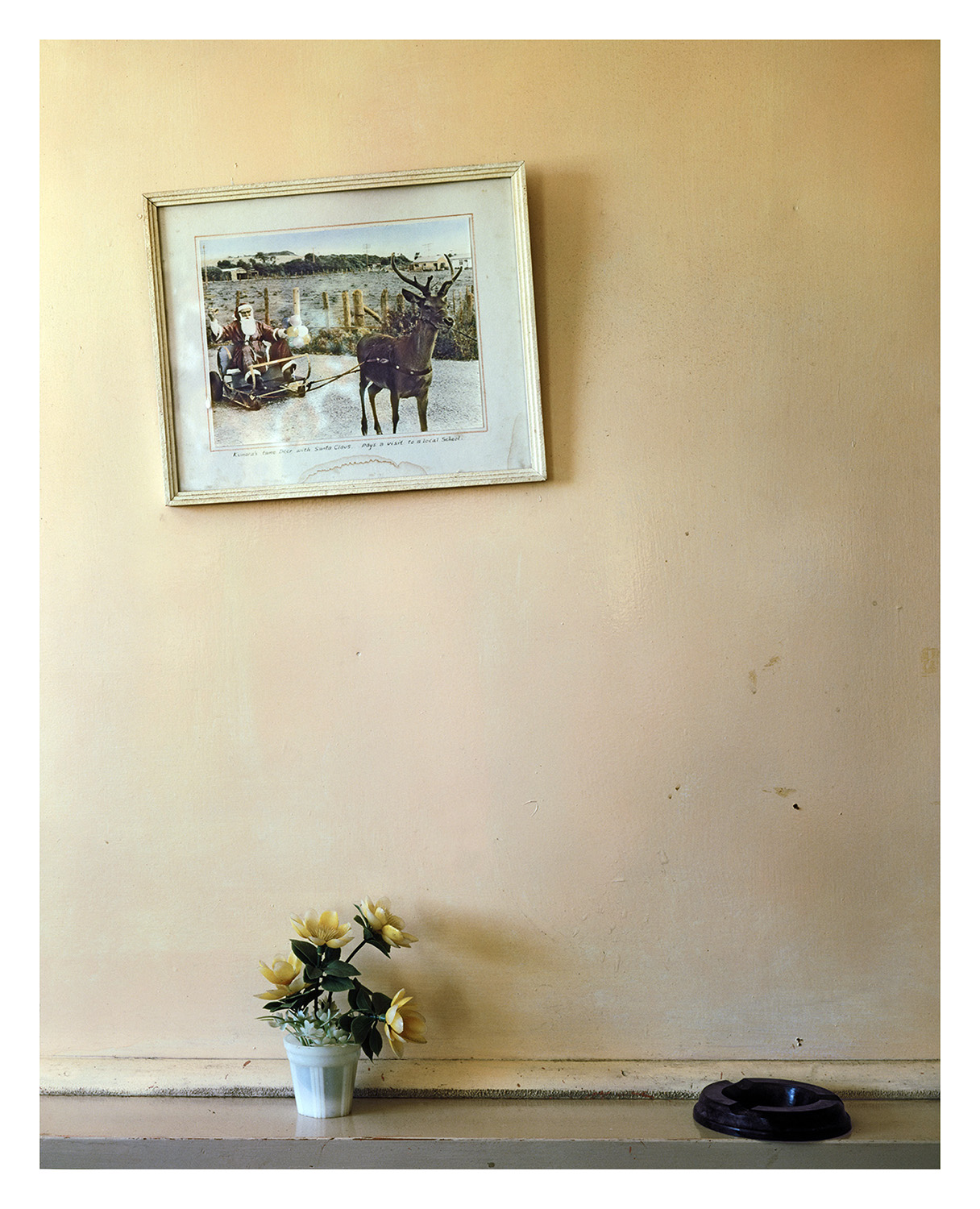
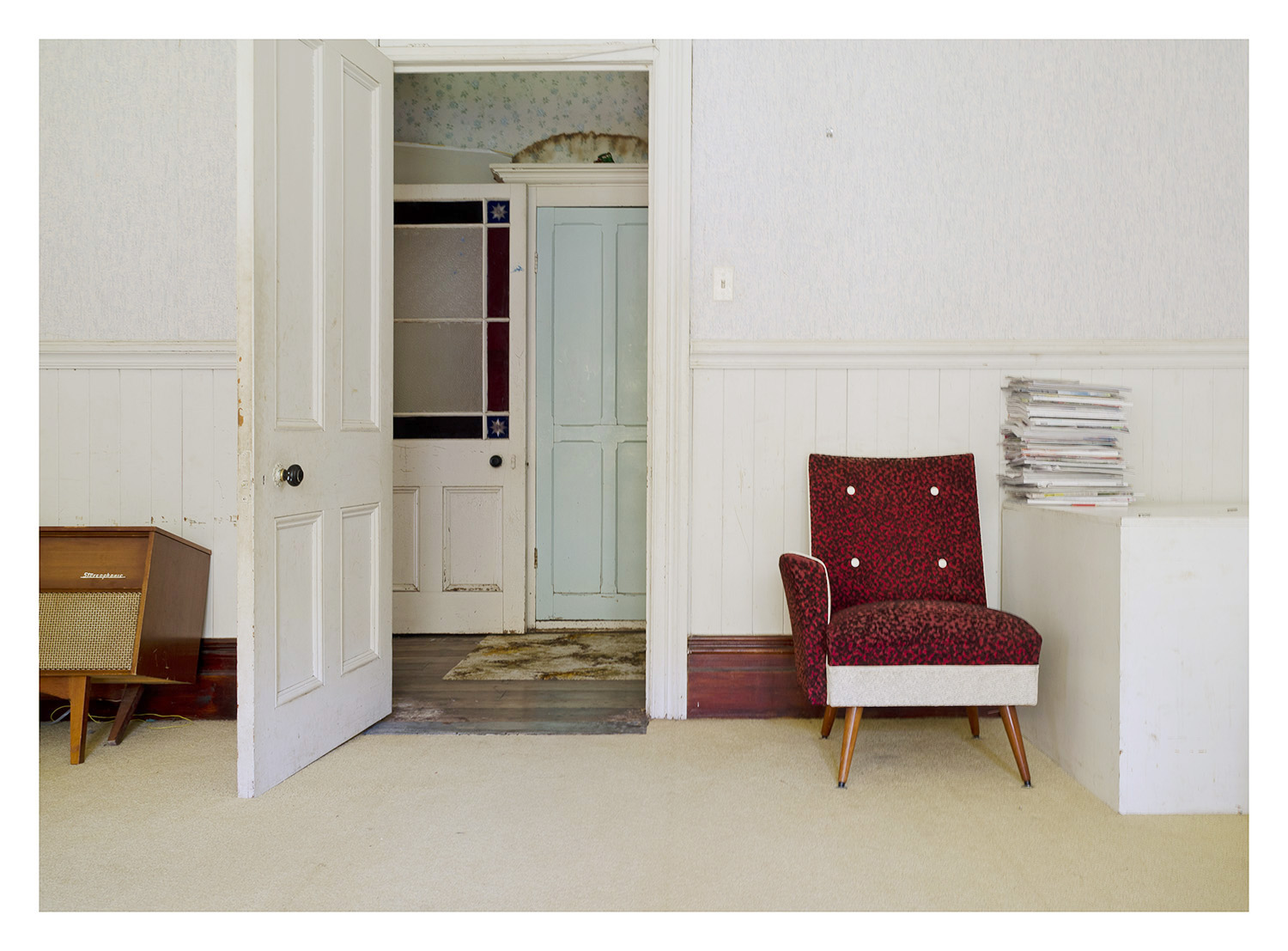
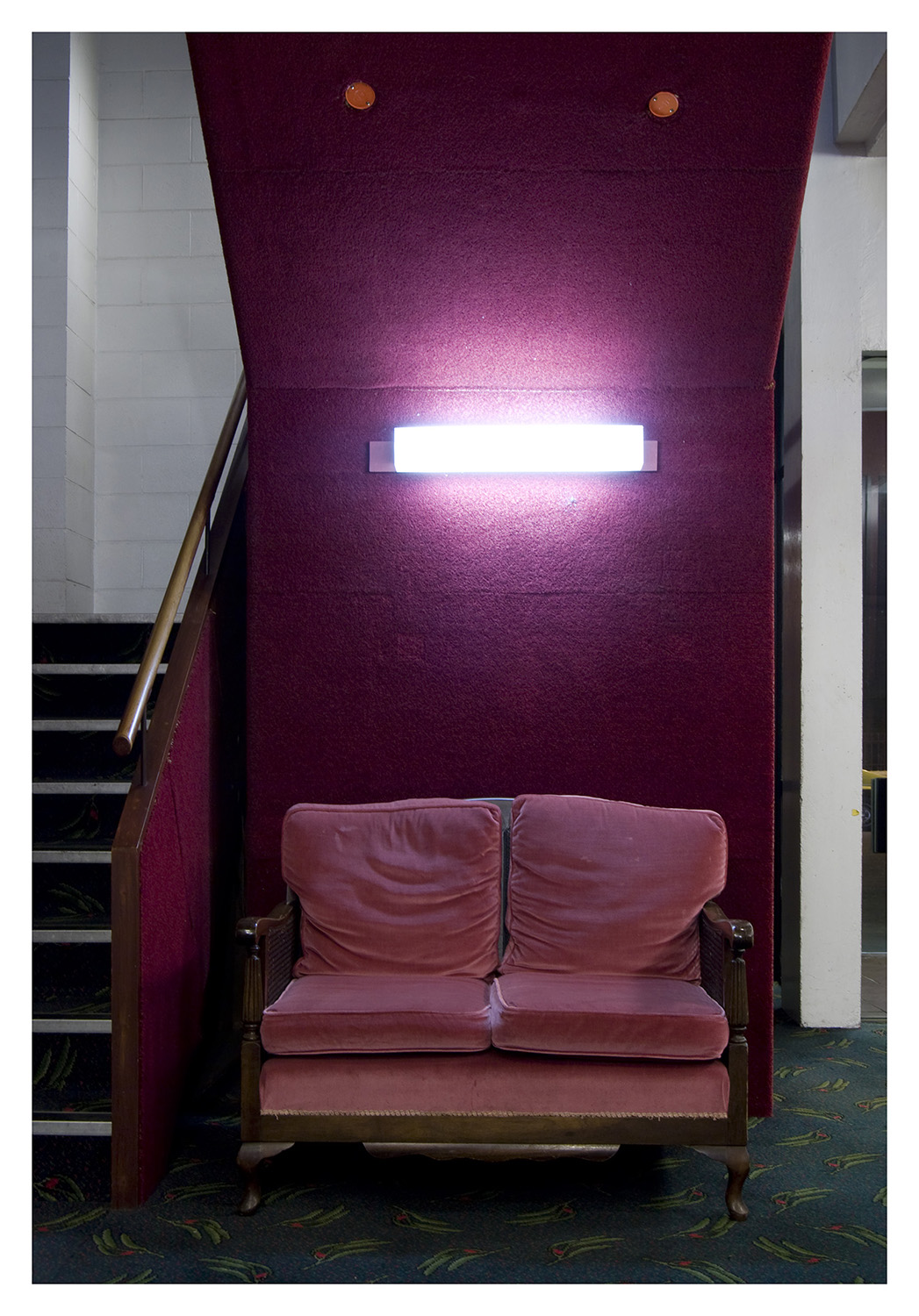

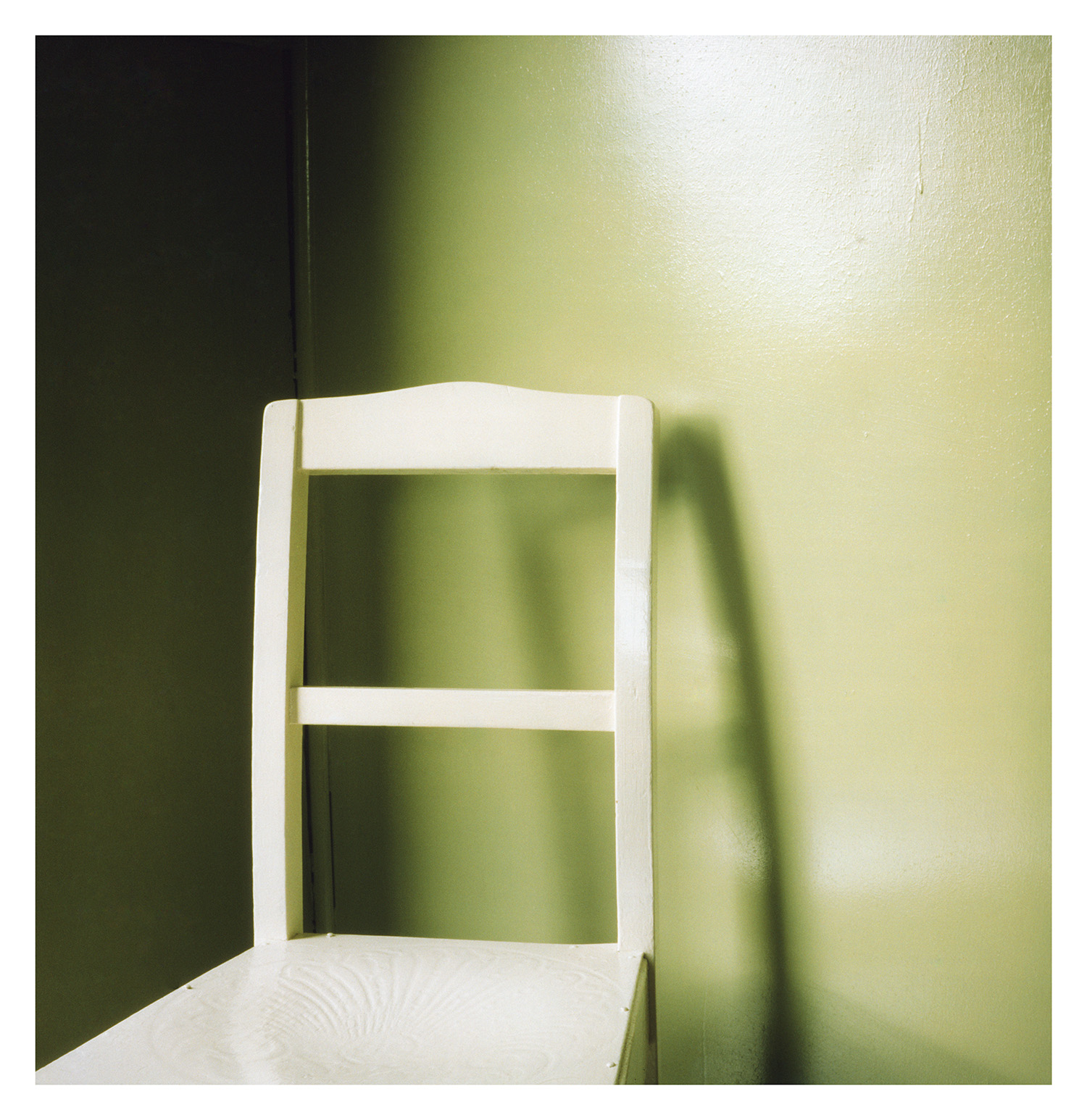
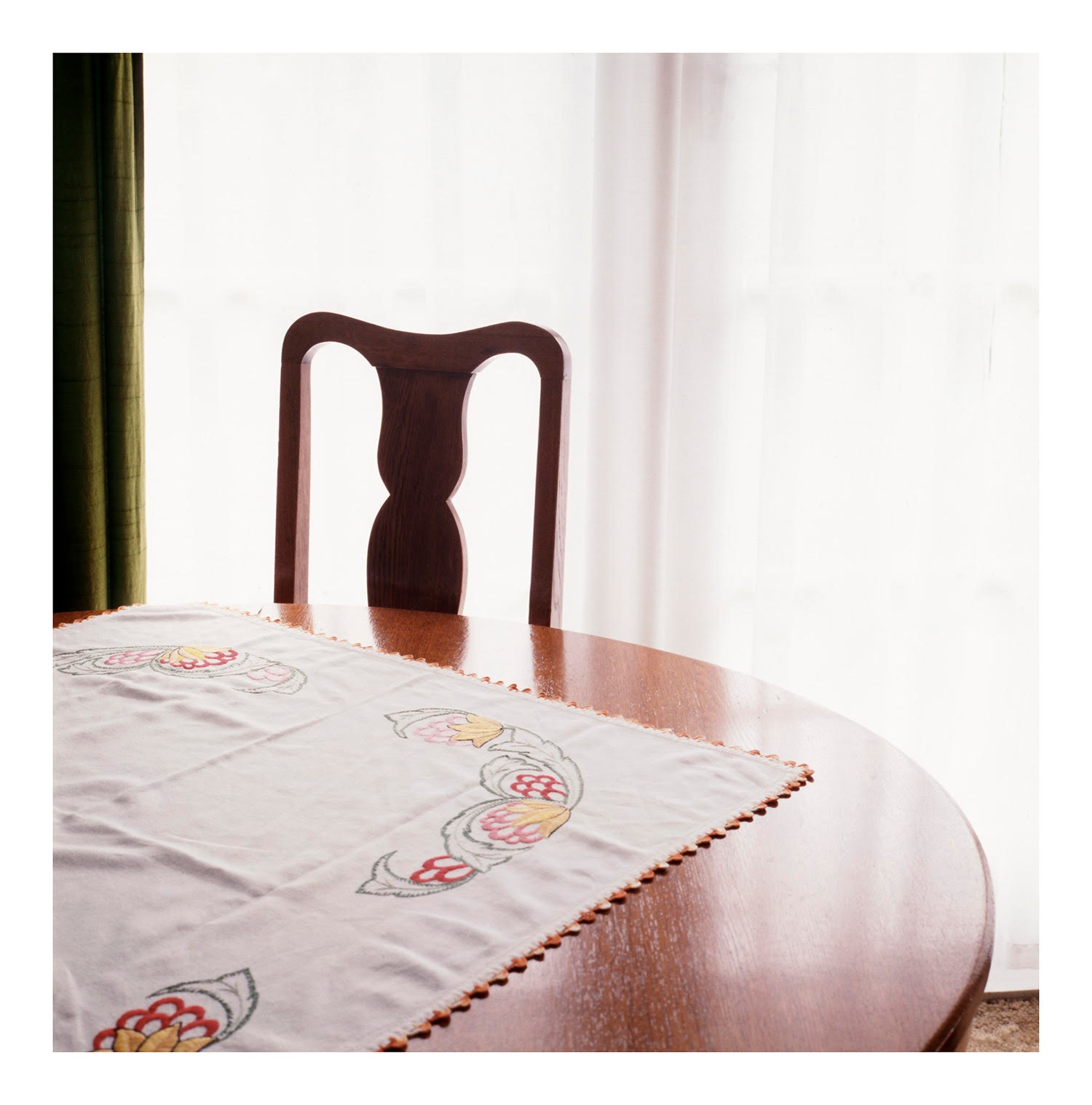
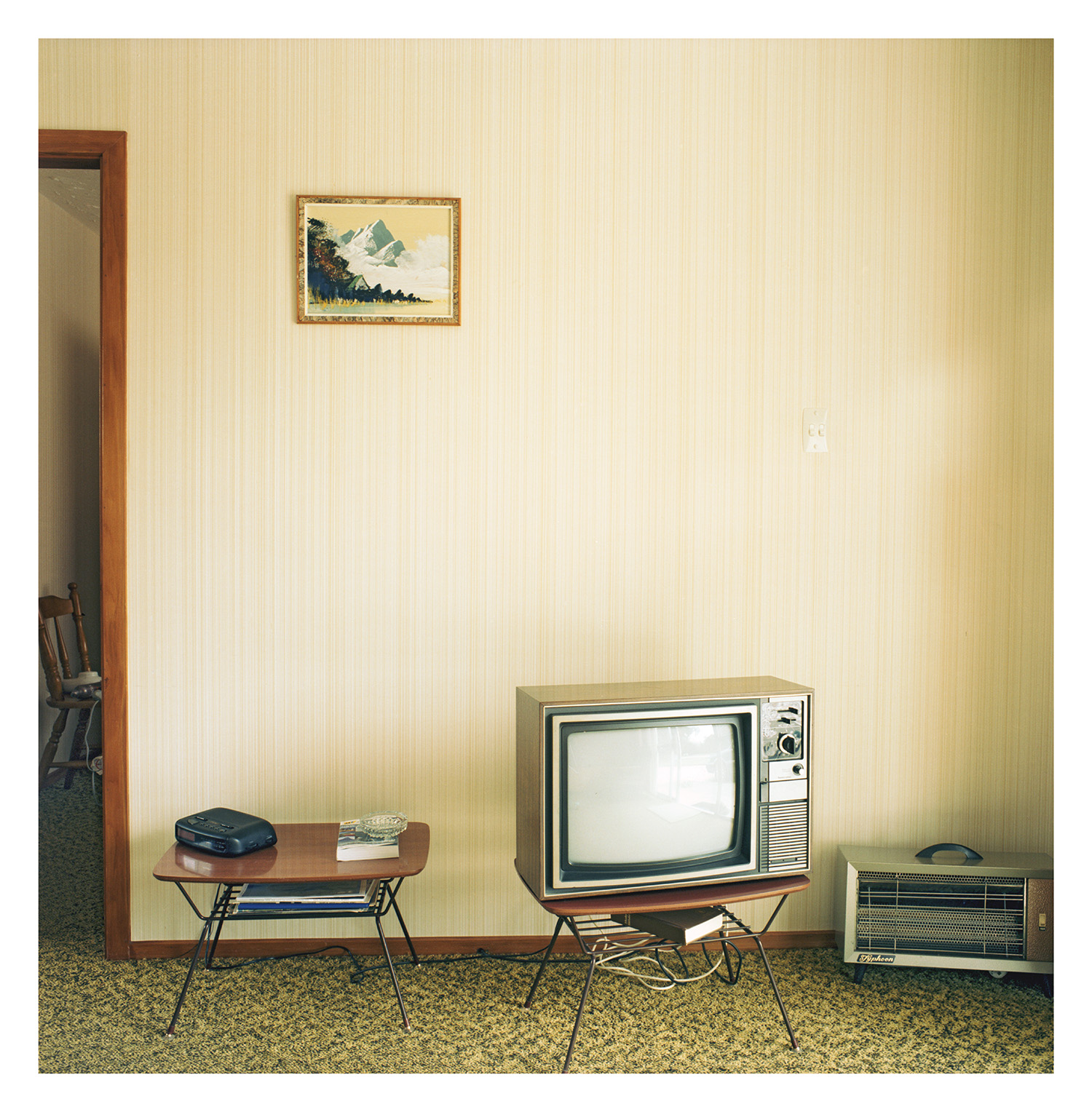
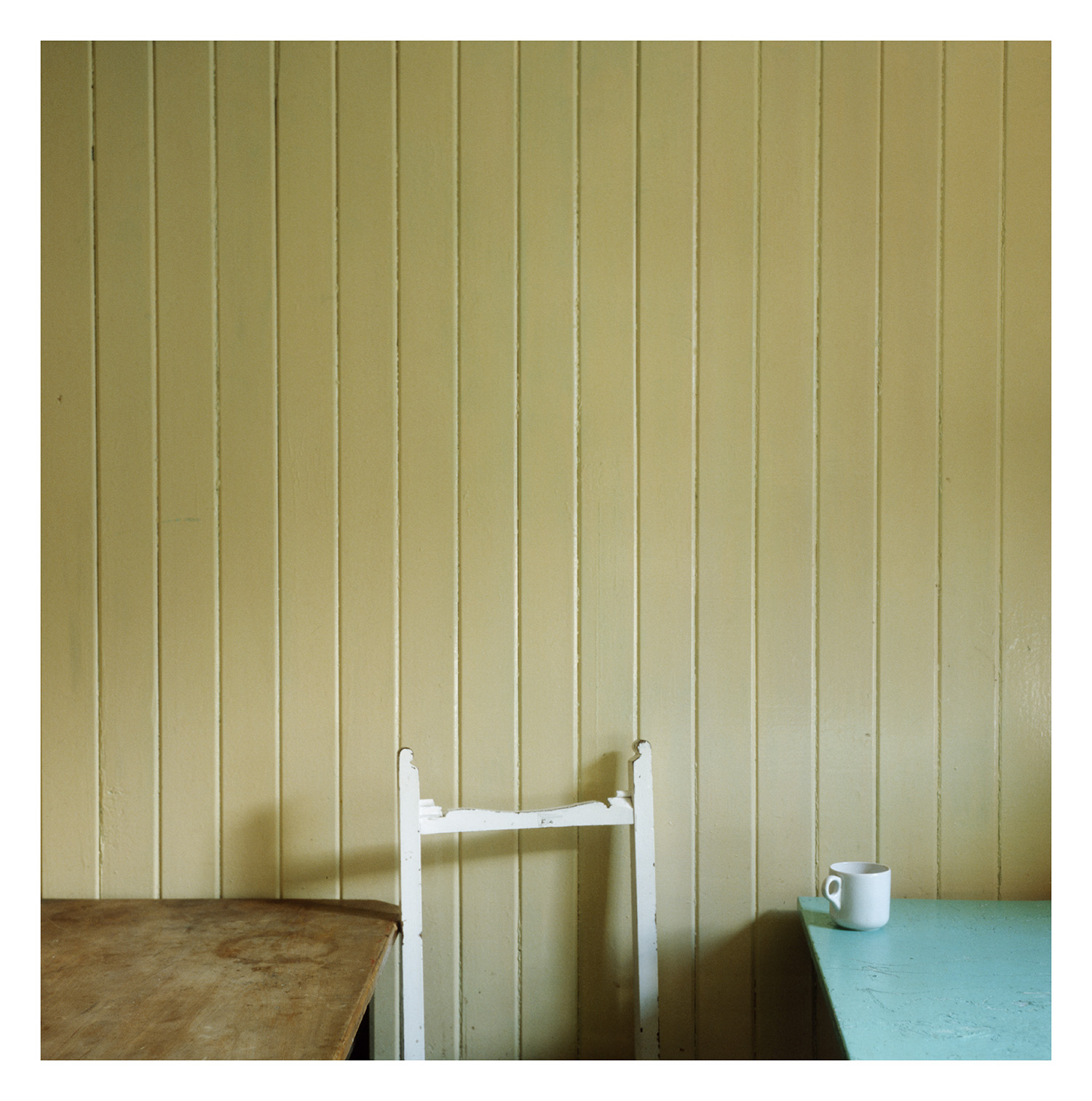
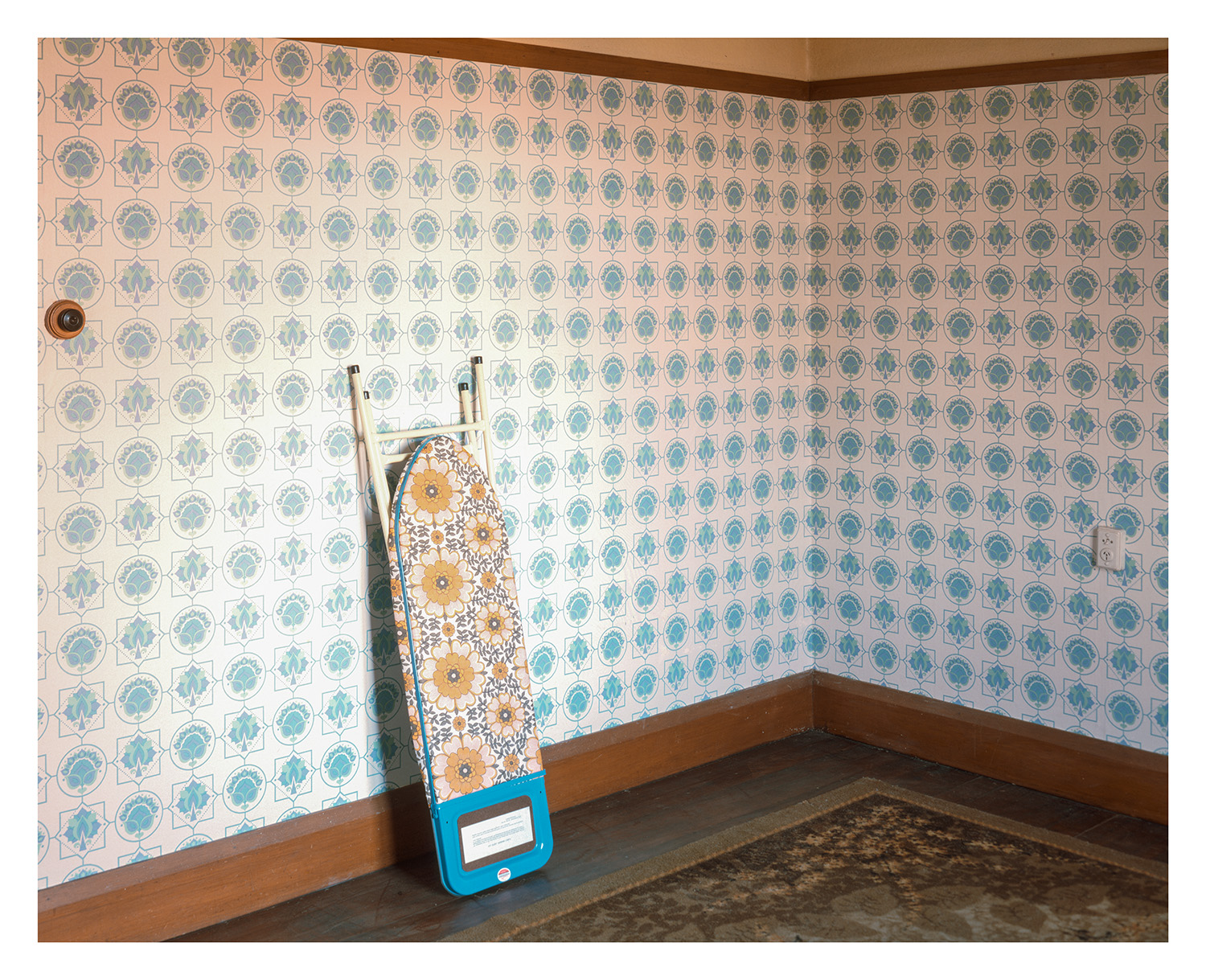
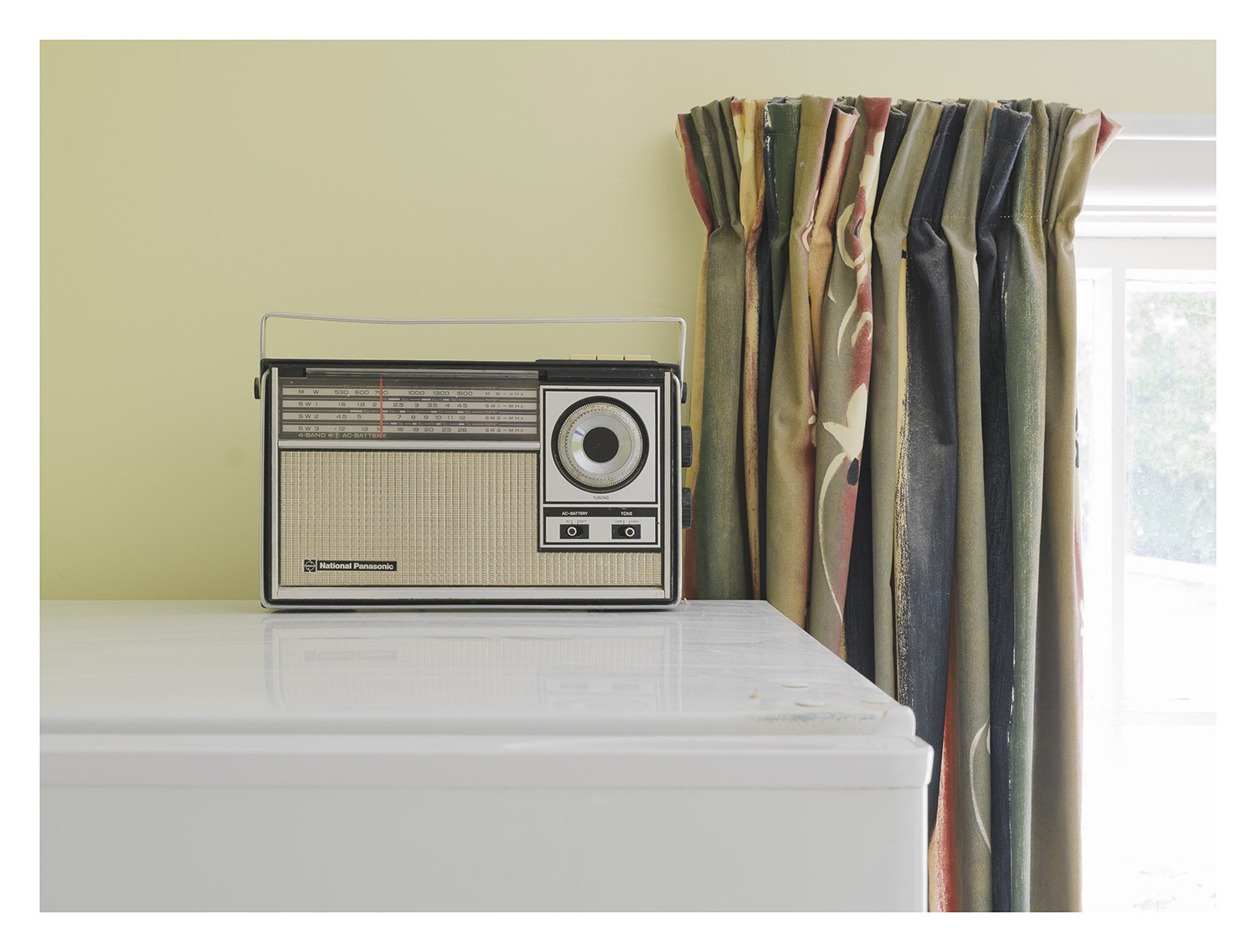
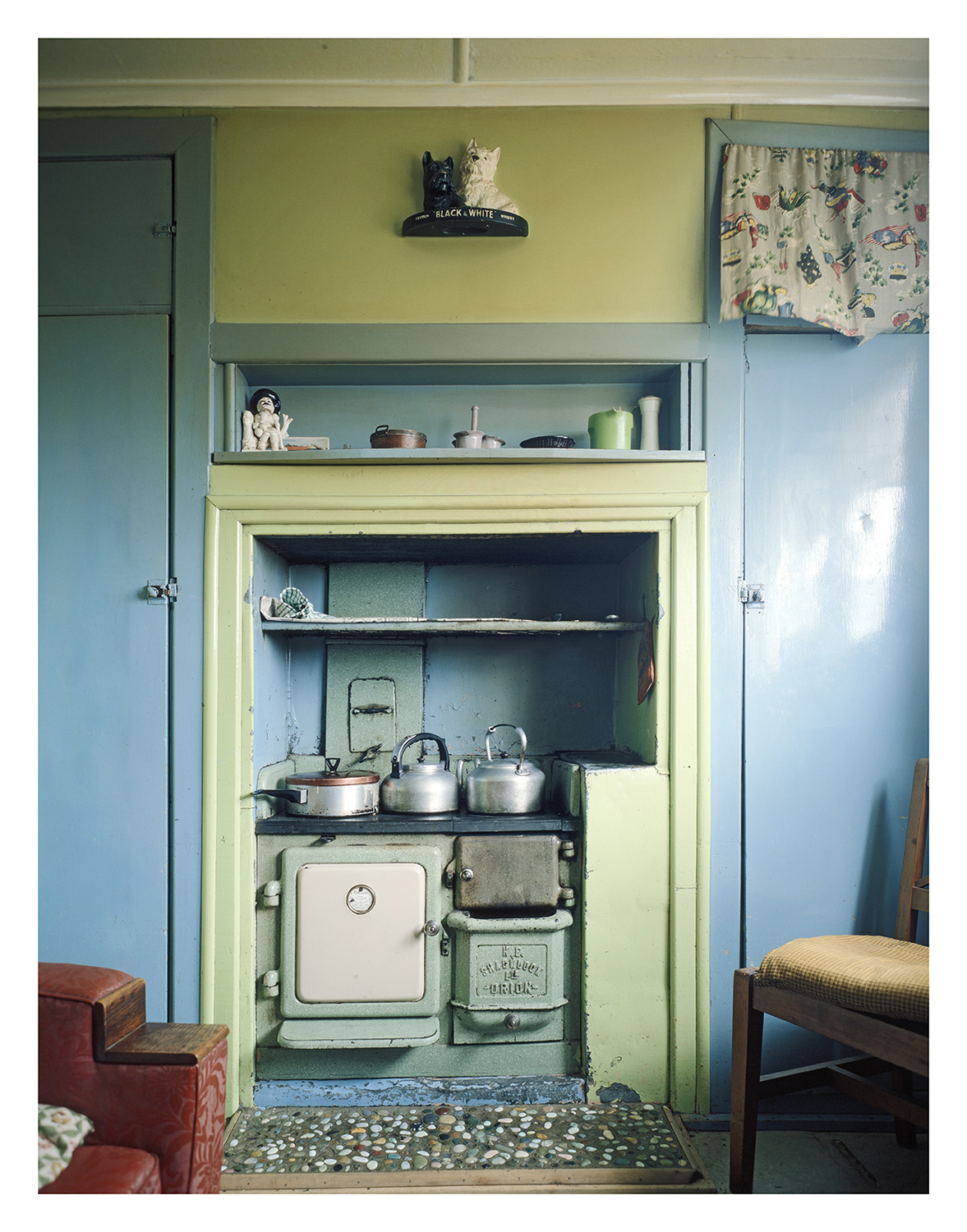

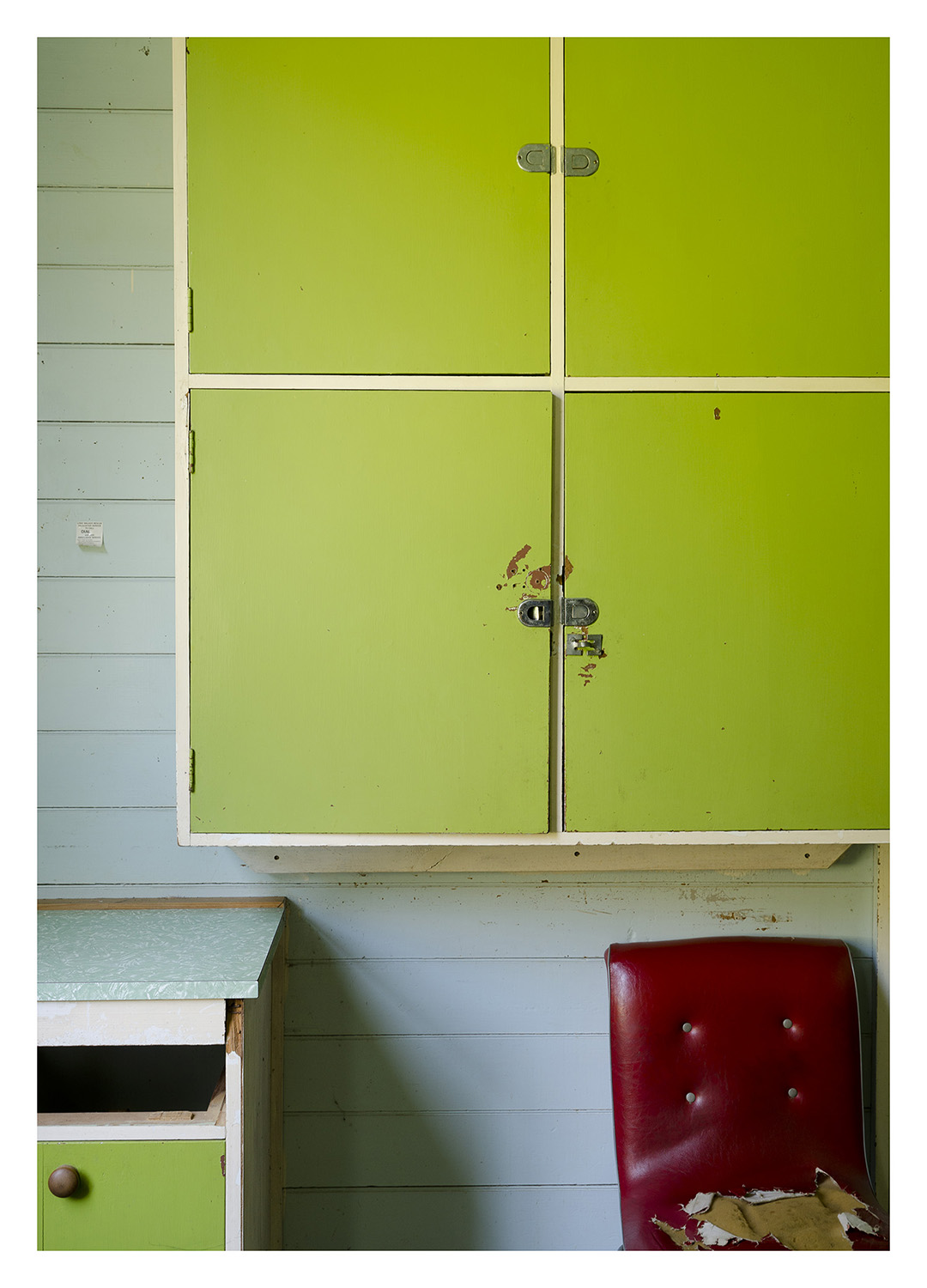

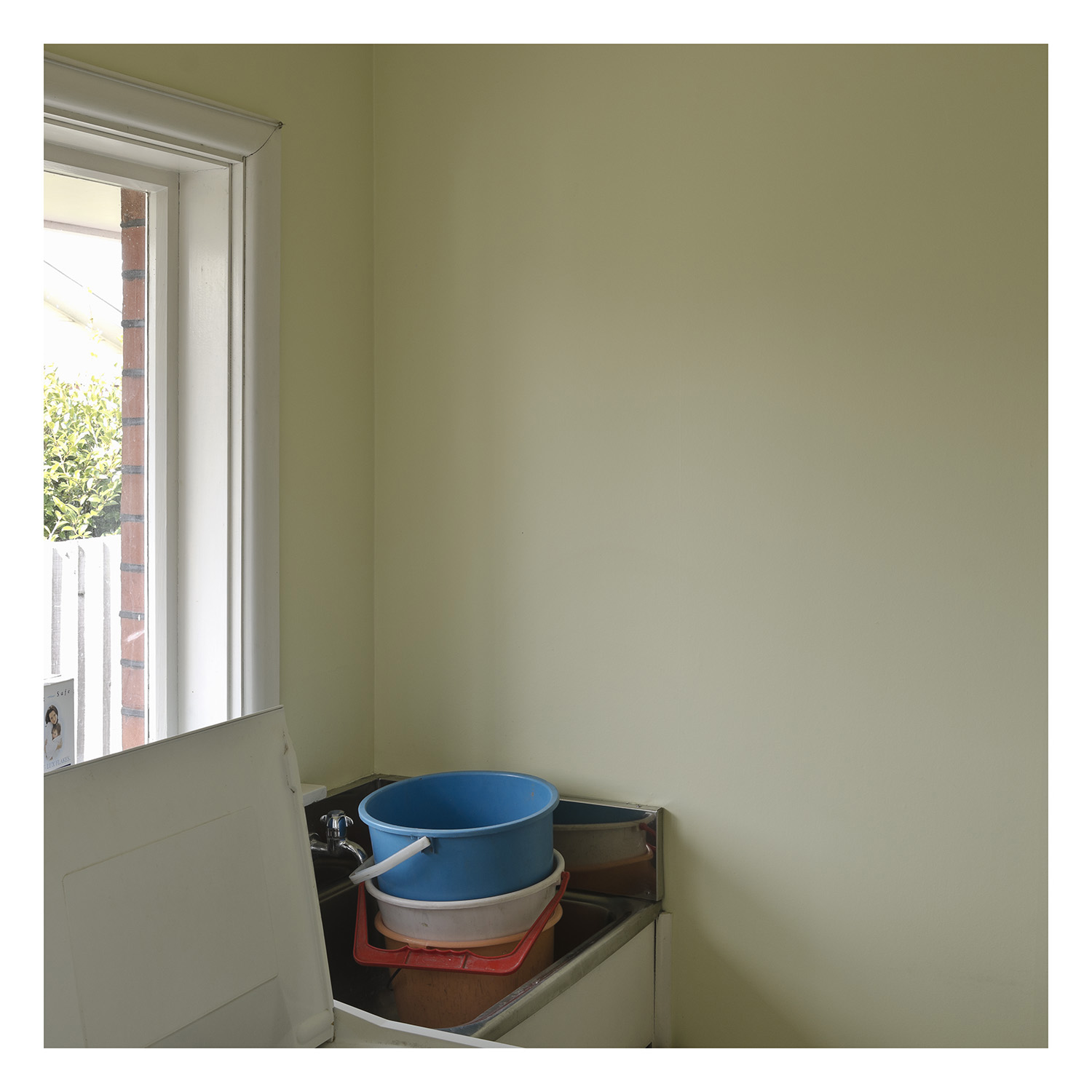

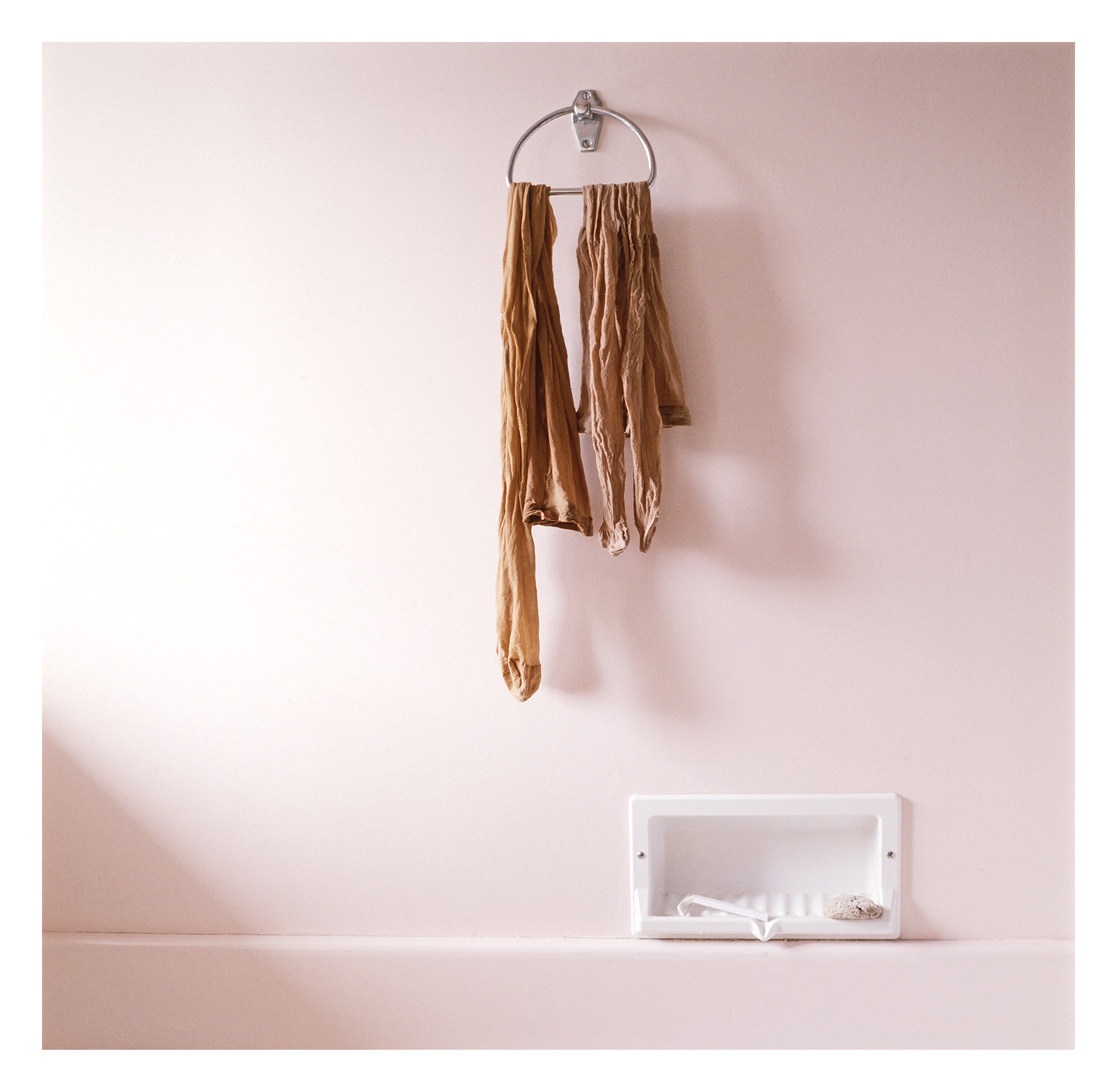


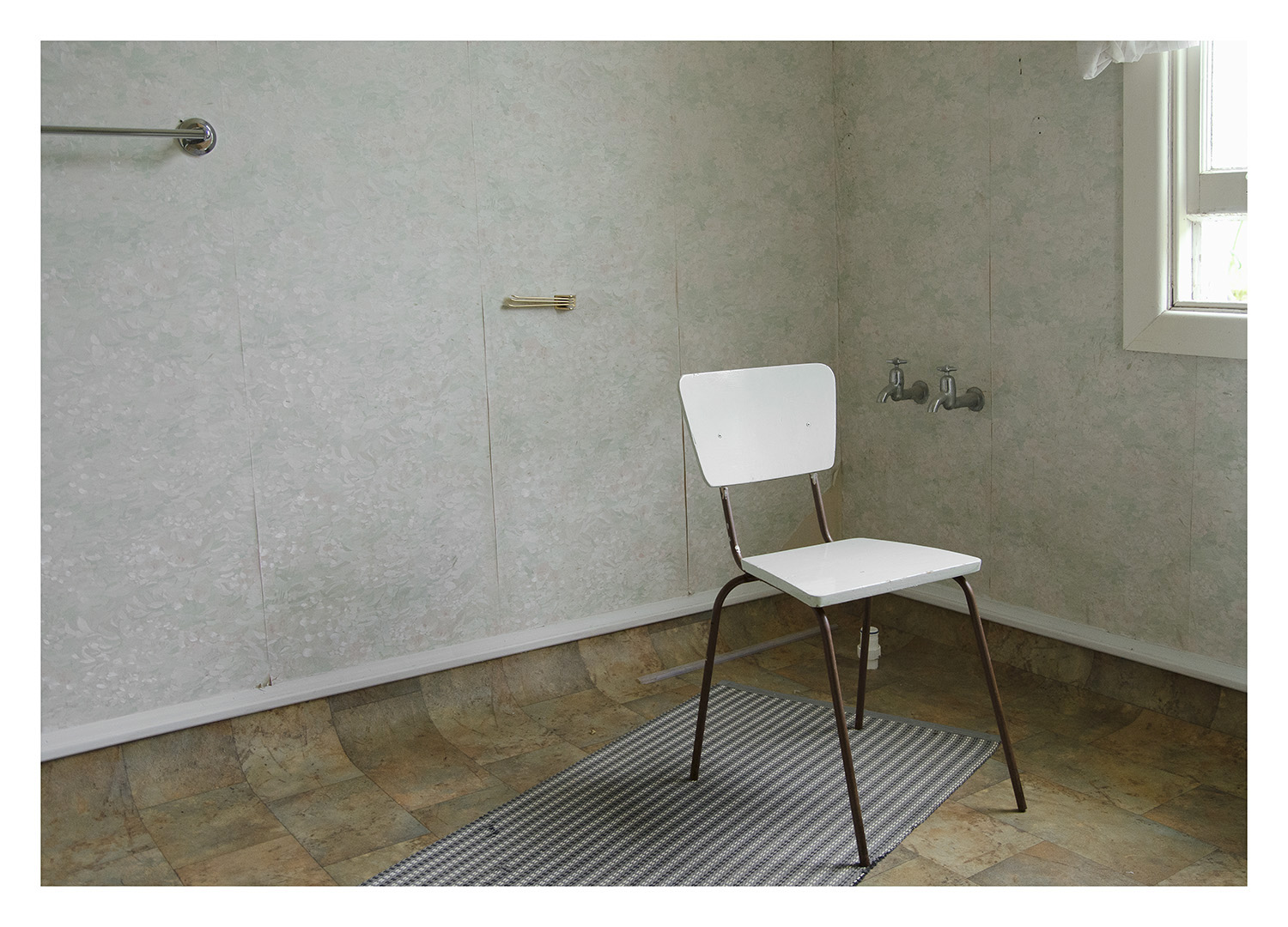


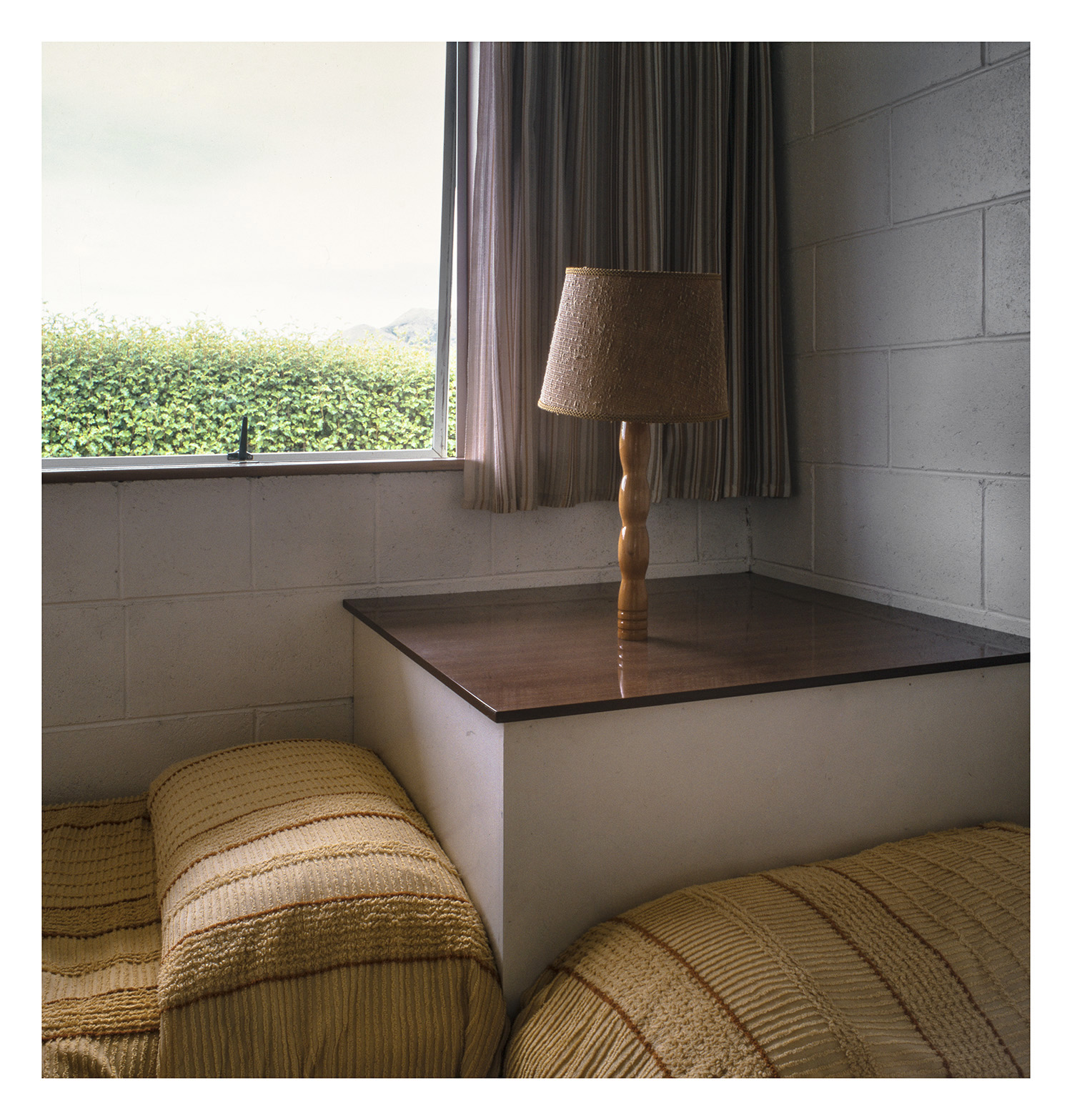

Maurice (60) has lived in Christchurch all his life and began photographing at age 12 with a Kodak Brownie 127 brought by his father from a church fair. Film processing and printing took place in a cupboard, moving later to a darkroom at the back of the garage, as Maurice developed and printed images of cats, the garden, neighbours and the beach.
His photographic awakening took place when studying graphic design at the Christchurch Technical Institute (now the Ara Institute of Canterbury) under the influence of Murray Hedwig. At that point Maurice fell under the spell of Edward Weston and later the new colour photographers - “for several years in my mind I was Edward Weston,” he says.
While working in ad agencies, and later as a commercial photographer, graphic designer and visual aids technician, Maurice continued to work on personal projects whenever possible and built his own camera and accessories from hardware store materials. He’s self-published several books including ‘Only God can make a tree’ about the domestic built environment in small towns. Over the years he’s had five exhibitions in Christchurch at the CSA and CoCA gallery (now Toi Moroki - Centre of Contemporary Art).
To accompany ‘Upkeep’ Maurice was interviewed by photographer Peter Black who specialises in photographing New Zealand’s social landscape and is an admirer of Maurice’s work.
Maurice what strikes me first about your photos is the affection (if not love) that you have for your subject matter. Is that affection important to you to make the images?
I’m pleased you get that feeling from my images. I think the affection I have is for the way the owners have expressed their, at times, humble individuality in the space that I’m about to briefly inhabit. Whether it’s the painted wall or the way furniture is arranged, I find it irresistible. I like to capture what someone else has arranged. I don’t rearrange anything.
My other major affection is for natural light. The way daylight illuminates objects and spaces is at the core my photography.
The care that you take with the light is apparent and often also the pastel colours; is that important when you to choose the subject matter? Or is it more instinctive and you photograph without thinking about these things? Are you an analog photographer with camera on a tripod?
It’s probably more instinct. I see something that appeals to me and I take the picture. I think the pastel colours have arrived more recently. Many of the earlier images were taken with medium format and 4x5” transparency film which tended to be a richer colour. The use of negative film started to give me much more subtlety. I used a tripod a lot with the earlier photographs because there was no choice if you wanted a reasonably exposed, sharp image.
I’m pretty much fully digital now - the quality, convenience, versatility and speed allow me a greater freedom to shoot. One of things that I miss a bit about film is the cameras. I really like the mechanical clunkiness of them. You really knew you were taking a photo with an old Rolleiflex SL66 when it slammed its mirror up. When you use a large format camera with the tripod, black cape and bags of other gear, most people are totally fascinated and a bit in awe. Besides giving you stunning results, it also makes you look like you seriously know what you’re doing.
A tripod is still very much part of my gear. With the new high pixel count full frame digital cameras, every bit of camera shake shows up. It also helps when I’m taking multiple images to photomerge into a large file that has as much detail as a large format scan.
I think all photographers will understand your feelings about cameras as they are a magical box and we handle them so much. How do you find your subject matter? Are some at your home, motels or friends’ places? Also, your sense of colour is very sophisticated - who have been your influences?
With these interior photographs, I tend to take what I come across in the accommodation on various holidays or weekends away. Not every motel appeals to me visually. I tend to enjoy the more family run, budget, non-chain motels. They tend to be quirkier, sometimes slightly in need of some upkeep, and not pretending to be too flash.
Occasionally I may stop at an interesting house. If there is someone out the front, I'll start up a conversation and maybe I’ll get the privilege of being invited in with my camera.
I’ve had to help shift my parents-in-law a couple of times lately and their houses were a good source of images. I don’t really want to photograph my own house because it would feel too staged.,
Maurice Lye, Remnant, 2019
It’s interesting the way you speak of my colour sense, it’s not something I think about, it’s just what I see. Maybe it has something to do with my training in graphic design. It was during this training at Christchurch Technical Institute (now ARA) I was introduced to ‘art' photography by Murray Hedwig who, at the time, had been published in many PhotoForum publications. Murray was a large format practitioner with high visual and technical standards - I was impressed. He also introduced me to the work of Edward Weston and the rest of those early American 8x10” users.
As I said earlier, I was shooting transparency film in the early days. In about 1981-2 I got my hands on a copy of the book The New Colour by Sally Euclaire and fell under the spell of large format colour negative film. Photographers such as Joel Meyerowitz, Stephen Shore, and Joel Sternfeld were very influential. Everything I enjoy about photography came together in their work, subject matter, technical excellence, light, grain free, sharpness, environmental awareness, depth of field, humour and just gorgeousness. In 1988 I got to see original Richard Misrach prints and to meet him. I think that experience of seeing the quality of international photography, has stuck with me.
These interiors and landscapes mostly describe scenes that many people would pass by without a second glance but you transform into art. What is most important to you, the research and looking, or the transformation that happens when you photograph?
To me the most important thing is that I present and do justice to what I’ve seen in an honest straight-up way. I’ve always been an introvert, lurking in the background and maybe there’s a bit of that in the subjects I photograph.
I’m not a researcher as such, I do however have a curiosity about the physical world I inhabit and how many aspects of that are intertwined. I’ve probably got more natural history reference books than photography books. This greatly informs what I photograph, and the way I photograph. The more I know about what’s around me, the more connections I may see in my images. In my mind I’m not transforming the scene; I'm recording it and letting it be preserved.
Yet a transformation does take place and, of course, your photographs are what we viewers have, not what’s in your mind. What interests me in your Upkeep work is that in the hands of a photographer without your abilities the images would not sing. Photography as we all know is a mixture of light, technical problems, camera choices, and knowing where to stand etc, but in your case perhaps the most important thing is the feeling you have for the subject matter so the images rise above documentation and become poetry. Why do you have a strong feeling for these objects and spaces from this time period and why the title Upkeep?
Thank you for seeing my images as poetry.
I've never really done much analysis of my photos. Maybe it has something to do with the age of some of the images. Several images date back 40 years, so what I photographed was just the norm. Now when I see something that has a similar feel, I get that rush of excitement again. I think it also comes back to people who just did what they thought looked good with what they could easily get from local sources. I suspect no trained interior design professionals ever came near the places. I think this design innocence can lead to far more random and interesting outcomes.
Maybe it’s also the sense of people’s lives that have created or shared that space before. I sometimes wonder why did they paint that furniture or wall that colour or I puzzle over how a stain occurred. The first job I ever wanted, when I was about 6 or 7, was to be an archaeologist. Maybe I’m doing something similar, recording the traces of other people’s lives?
Upkeep comes from the desire most of us have to maintain certain (personal appearance) standards. We fill our living spaces with home-wares that help us to maintain said standards in our daily lives and then never really give them a second glance. Everybody has different priorities and standards, so every time I go somewhere new, there is always a hopeful anticipation of what may be waiting to be photographed.
Bare, Weight, Managed and Remnant are just some of the intriguing titles from your Instagram feed. These of course are very minimal so do you wish for the images to mostly speak for themselves?
Yes I like the idea of the images speaking for themselves. To me, the pictures I take and post on Instagram are about the subject matter, and hopefully the titles may make people look at things in different or fresh ways and maybe even spend a little more time checking out the details, or even giving them a giggle. The words I use to title the images are quite often meant to be a bit humorous and sometimes a pun or two. An example is Weight, it’s a picture of a Give Way sign with a pile of tyres on a mound of silage in the background… this is basically a play on words, the tyres are used as ‘weights’ and sometimes you ‘wait’ at a give-way sign. Or you could interpret it in your own way. Also the titles are a gentle dig at overly long academic titles. Maybe we could add a bit to the old saying “ A picture is worth a thousand words”…. so why do you need a thousand words to justify it?
Maurice Lye, Weight, 2019
Instagram seems to be where we can see you images these days on your two feeds - @thestrollingweka and @mauricelye. How important is Insta to you and what do you like/dislike about it? Are you making prints of your work and are any books or exhibitions planned?
If I hadn’t been encouraged by a dear friend to get onto Instagram, I wouldn’t be talking with you Peter. The ability to show the world my view of New Zealand has been positively life altering. I’ve made new friends, have had encouraging feedback, been featured in Art New Zealand and swapped prints for artwork etc. I now feel I'm part of a local and international community of photographers and other creative practitioners, who share similar concerns and interests. Instagram allows all personality types to participate and connect with other like-minded people while being as anonymous or as public as they choose. I find it’s now easier to start a face-to-face conversation with someone I follow and who follows me. There’s already been that micro conversation when we ‘like’ an image or make a comment.
One of the unsettling things about Instagram is when an ad pops up for a product that you only heard about a day before in a personal email! I’m still not sure what my thoughts are around the very American censorship rules? I’m convinced they are more about money than morality.
I get prints made, usually for swapping with generous people on Instagram or the very occasional group show. A box full of prints is stashed away waiting for me to frame them up one day. I’ve been printing cyanotypes for about 10-15 years and enjoy giving some of them to anyone who wants one. My current cyanotype project, involves using a very large camera I constructed and making limited contact prints from the 24 x 30” negative.
There are a few talks in progress around possible collaborative exhibitions. I’m always thinking about creating a book or some sort of printed material. I’m a bit disillusioned with solo exhibitions. I find the idea of collaborating or being part of a larger show more exciting.
Peter Black has been photographing the social landscape of Aotearoa/New Zealand for over 30 years. His work has been widely exhibited and published, notably the books ‘i loved you the moment i saw you’ (VUP) and most recently ‘The Shops’ with Steve Braunias (Luncheon Sausage Books).
Slide show captions for mobile devices
1 Maurice Lye Visit, 1979
2 Maurice Lye, Rest, 2013
3 Maurice Lye, Velour, 2011
4 Maurice Lye, Arrangement, 2014
5 Maurice Lye, White, 1979
6 Maurice Lye, Polish, 1983
7 Maurice Lye, Wired, 1998
8 Maurice Lye, Portrait, 1978
9 Maurice Lye, Board, 1980
10 Maurice Lye, National, 2014
11 Maurice Lye, Heart, 1982
12 Maurice Lye, Iron, 2010
13 Maurice Lye, Fit, 2013
14 Maurice Lye, Release, 1979
15 Maurice Lye, Capacity, 2014
16 Maurice Lye, Scallop, 2014
17 Maurice Lye, Draped, 1981
18 Maurice Lye, Mirror, 2014
19 Maurice Lye, Warm, 1982
20 Maurice Lye, Slip, 2013
21 Maurice Lye, Bare, 2013
22 Maurice Lye, Candle, 1998

